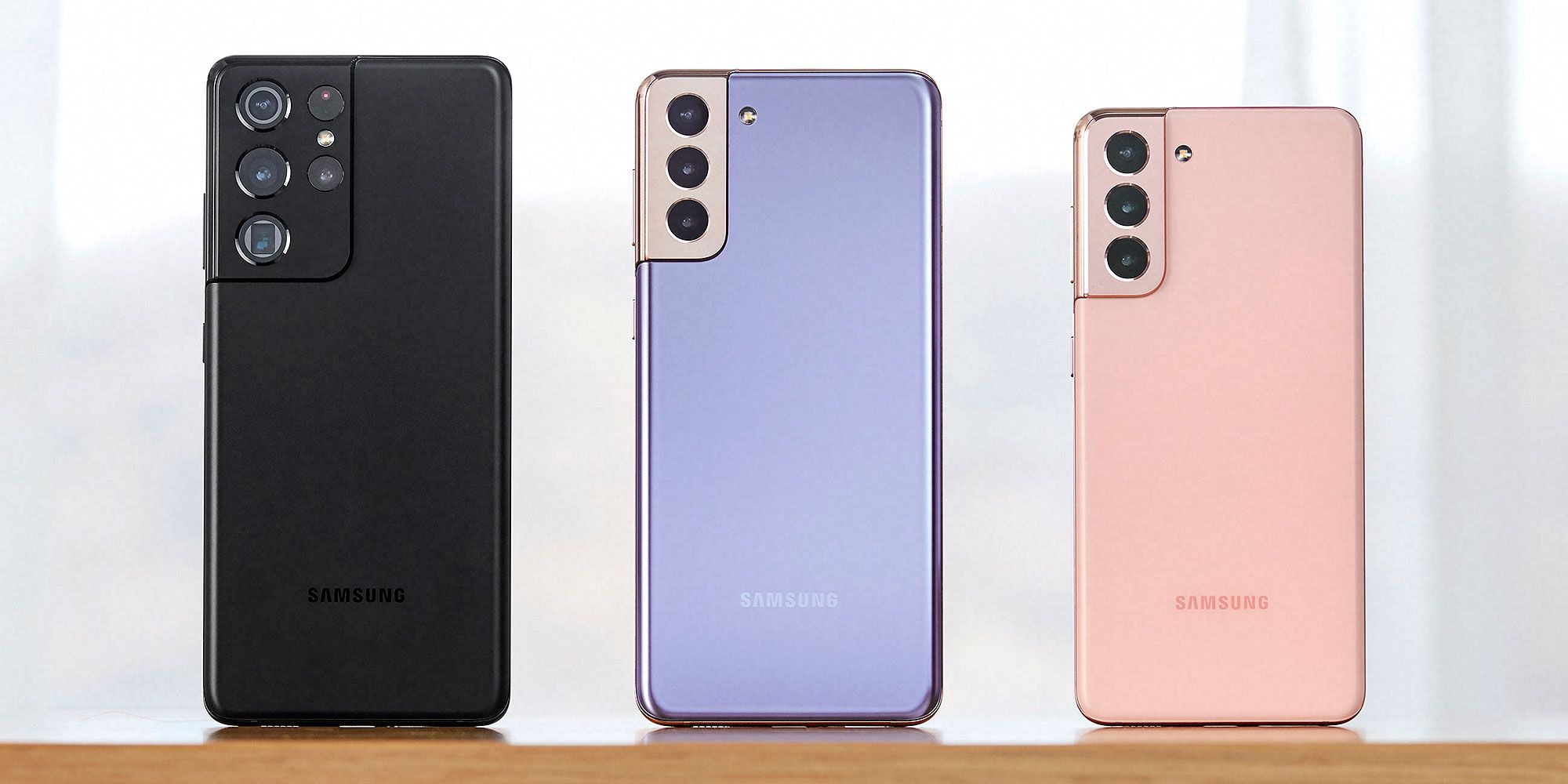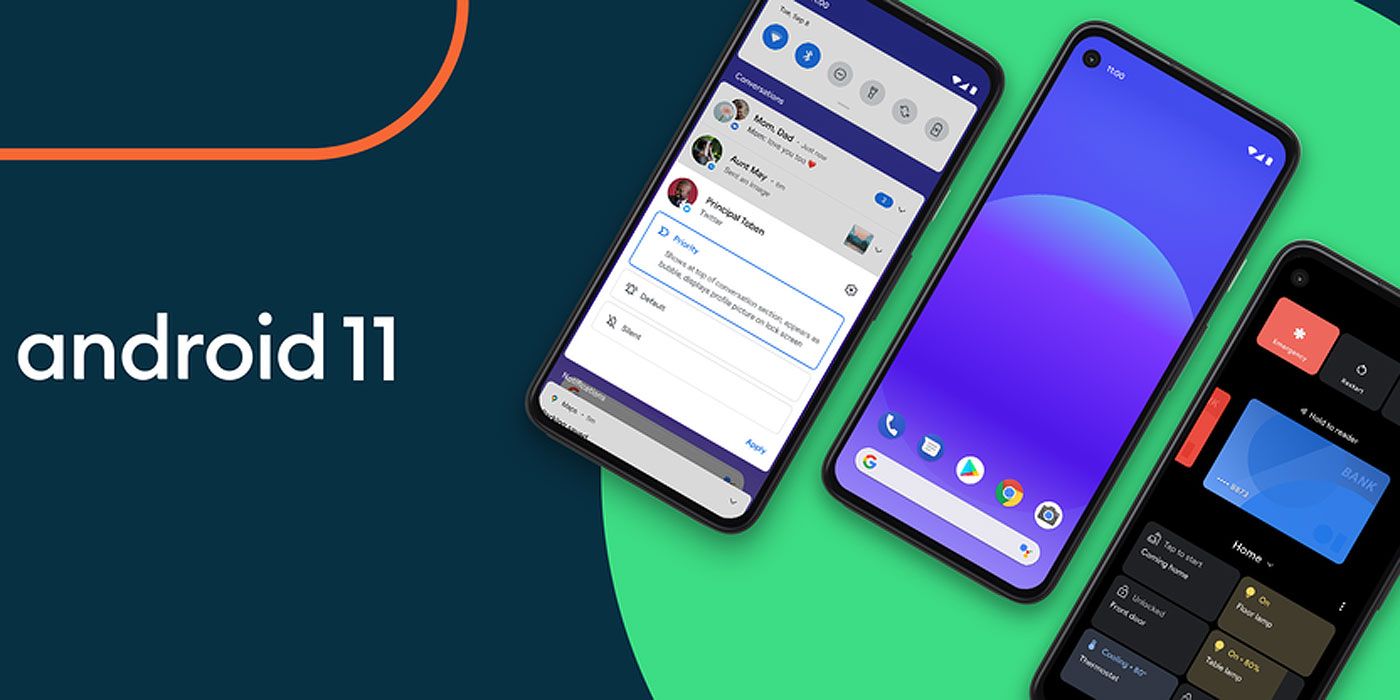Despite being among the best smartphones around, Samsung's Galaxy S21 series devices fall short of other Android options in one very specific way to do with updates. Whereas as many Android smartphones make use of the operating system's 'seamless updates' functionality that allows updates to be installed in the background, Galaxy S21 devices do not. This means that users lose all functionality of their devices while they are being updated.
Seamless updates were introduced to Android in 2016 and are widely implemented by phone manufacturers. They work using partitioned storage so that a new version of Android can be installed in one slot on a device while an existing version continues to run in another. Once the installation is complete, the user is asked to restart their device and it can reboot into the updated operating system. In this way, users don't lose the functionality of their smartphone while updates are taking place.
It was reported last year that Google would be making seamless updates a requirement for manufacturers with Android 11. However, after a post on Reddit noted that a Galaxy S21 did not appear to have this functionality, tech writer Max Weinbach confirmed that this was the case. In additional discussion, it was suggested that Google had indeed intended to make seamless updates a requirement in Android 11 but some reason walked back the decision prior to it being rolled out.
Why No Seamless Updates For The S21 Series?
Although no official explanation for the lack of seamless updates support has been given by Samsung, it has been variously speculated that the reasoning is to do with storage. Partitioning a device takes up a not huge but significant chunk of space. Not only can Galaxy S21 devices shoot video at up to 8K quality, which takes up a lot of space, Samsung also opted to do away with the SD card slot that had been included with the S20 series, meaning users have no way to increase the storage space on their device. As such, it may well be that Samsung simply wanted to ensure that every last bit of space was eked out of S21 devices.
With Samsung releasing monthly and quarterly updates for its Android devices, this means that Galaxy S21 smartphones are effectively bricked for a period at least once a month. While that might not be an issue for some, particularly if they can ensure their device is updated when they're not using it, others may reasonably feel that what are some of the most sophisticated and expensive Android phones available should not put users in this predicament given that there is an option to avoid it.
Sources: 9to5Google, omid_1985/Reddit, Max Weinbach/Twitter, Mishaal Rahman/Twitter


